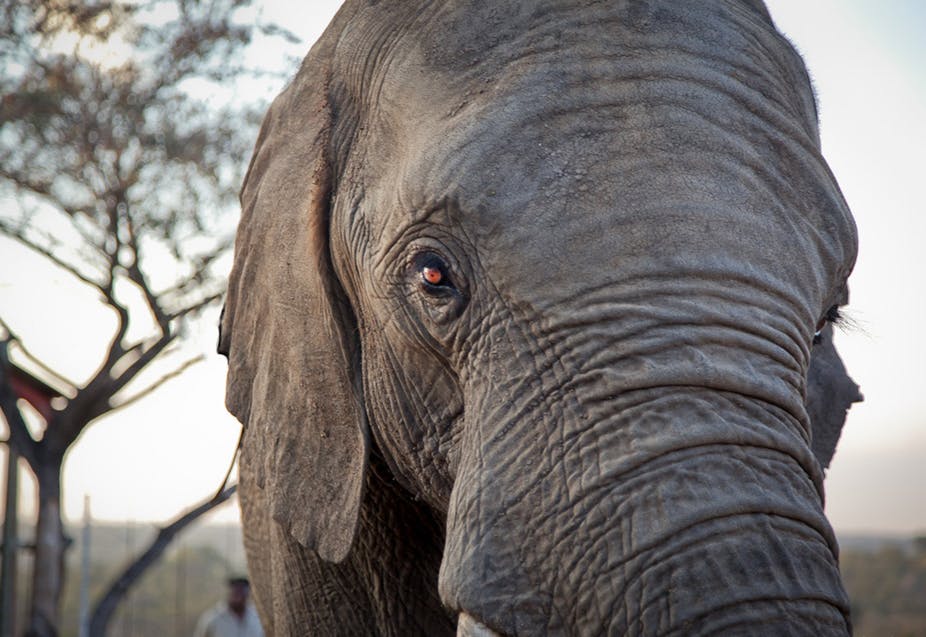Are Elephants the Answer for Cancer
Ever hear of Peto’s Paradox?
In 1977, statistical epidemiologist Richard Peto questioned the incidence of cancer in different animal species based upon the number of cells in the body. It was once thought that the more cells an animal has, the greater likelihood that animal has of developing cancer. But if that was true, when compared to mice and their incidence of developing tumors, then humans should have far more cancer and die much younger than we do, but thankfully, that’s not supported by the evidence, hence Peto’s paradox.
A textbook example of Peto’s paradox is the elephant, they are much larger than humans and have tens of thousands more cells than humans do, and yet, they have a much lower incidence of developing tumors or most forms of cancer.
So, why don’t elephants develop more cancers if they have so many more cells? Cancer mortality in elephants is only about 5% compared to 11% to 25% in humans, who have much smaller bodies than elephants – thus the textbook Peto’s paradox.
That’s a question researchers have been trying to figure out in hopes that their secret can be useful for humans in preventing many types of cancers.
However, studying elephants is a lot different than studying mice, when it comes to cancer. Elephants have a gestation period of nearly two years and they live about the same number of years as humans do. So, geneticist Vincent Lynch and his team started by taking tissue samples of elephants and then comparing them to tissue samples of the alleged relatives of elephants, the manatee and hyrax.
They subjected the tissue samples to carcinogens known to damage DNA and in the process, and may have discovered why so few elephants die of cancer.
“That study also found a potential clue to the elephant’s anti-cancer superpower in the form of a gene called TP53. Like most anti-cancer genes, it makes a product that detects DNA damage and tells the cell to either fix it or close shop.”
“Most mammals have two copies of the gene. Elephants have twenty, suggesting they’re well prepared to spot the threat of cancer early and act on it at a moment’s notice.”
Lynch commented:
“The elephant cells just died; they were entirely intolerant of DNA damage in a way their relatives’ cells were not.”
“Because the elephant cells died as soon as their DNA was damaged, there was no risk of them ever becoming cancerous.”
Looking further, they discovered another gene – leukaemia inhibitory factor (LIF) that also played a role in preventing the development of cancer. They found that elephants numerous copies of LIF, but most were ‘dead clones’ that were hidden away. These are referred to pseudogenes.
However, when the DNA in a cell was damaged, one version of the ‘dead clones’ – LIF6, sprang to life. More interesting what that they found that the TP53 gene actually activated the LIF6 gene and it was the LIF6 gene that killed the cell with the damaged DNA.
With these new findings, researchers are taking another look at some of the pseudogenes in the human body to see if they could find any that could be spurred to life like the LIF6 gene in elephants. It’s possible that if researchers are successful, it may help modern medicine to take a giant leap in combatting cancer in humans.









Recent Comments